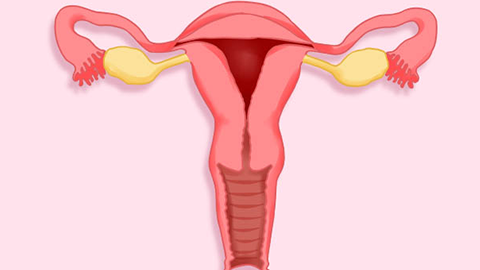How can adenomyosis be treated for a complete recovery?
Adenomyosis usually refers to uterine adenomyosis. Its development may be related to genetic factors, uterine structural abnormalities, intrauterine surgical injuries, hormonal imbalances, endometritis, and other factors. It usually can be treated through medication, physical therapy, surgery, and other methods. If abnormal symptoms occur or the condition worsens, timely medical consultation is recommended. The specific analysis is as follows:

1. Genetic factors: Uterine adenomyosis may be associated with genetic factors. Women with a family history of adenomyosis are more likely to develop this condition. Although genetic factors cannot be changed, early screening and regular gynecological examinations can help detect and intervene in adenomyosis at an early stage.
2. Uterine structural abnormalities: Adenomyosis may result from uterine structural abnormalities, such as abnormal uterine shape, size, or position, which can lead to easy invasion of endometrial tissue and stroma into the myometrium. Treatment mainly involves surgery, such as hysterectomy or lesion resection, to achieve a curative effect.
3. Intrauterine surgical injury: Intrauterine procedures, such as curettage or induced abortion, may damage the endometrium, allowing endometrial tissue and stroma to invade the myometrium, thereby triggering uterine adenomyosis. This situation may be accompanied by postoperative symptoms such as abdominal pain and bleeding. Medications such as ibuprofen sustained-release capsules, cyproterone acetate tablets, and ethinylestradiol-cyproterone acetate tablets may be used under medical guidance to promote endometrial repair, while avoiding unnecessary intrauterine procedures in the future.
4. Hormonal imbalance: Adenomyosis is closely related to estrogen levels. Elevated estrogen levels may stimulate the growth of endometrial tissue and stroma into the myometrium. Hormonal imbalance may not present obvious symptoms, and the main treatment involves regulating hormone levels with medications such as drospirenone-ethinyl estradiol tablets, spironolactone tablets, clomiphene citrate capsules, or placement of a progestin-releasing intrauterine device to slow disease progression.
5. Endometritis: Endometritis may lead to adenomyosis, as long-term inflammation can make endometrial tissue and stroma more likely to invade the myometrium. This situation may be accompanied by symptoms such as abdominal pain and abnormal vaginal discharge. Antibiotics such as metronidazole tablets, levofloxacin tablets, and ornidazole vaginal suppositories may be prescribed, along with physical therapies such as heat application and massage to alleviate symptoms.
In daily life, patients with uterine adenomyosis should maintain healthy lifestyle and dietary habits, avoiding excessive fatigue and mental stress.




